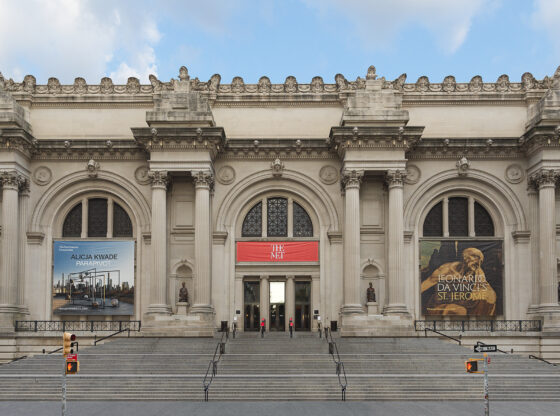The award-winning Lamont Symphony Orchestra concluded the 2011-12 season with an exhilarating “Adventure at Sea” concert on Thursday, May 31.
A line of fans stretched outside the doors of the Newman Center trying to get tickets an hour before the concert was to begin at 7:30 p.m. The free concert, which was open to the publich, was sold out days beforehand.
The pieces performed all centered on a seafaring theme.
The first half, conducted by Lamont Symphony Orchestra conductor Lawrence Golan, began with Richard Wagner’s “Overture to the Flying Dutchman.” Beginning with a strong brass section, the “Flying Dutchman” varied from soft and gentle woodwind tones to high-spirited violins behind crashing percussion instruments. The notes brought the famed ghost ship to life in the audience’s minds. Symphony orchestra members played energetically, almost tirelessly. Compelling from the beginning to end, the “Flying Dutchman” was an engaging start to the concert.
Immediately after this piece, Golan announced the Colorado premiere of Peter Boyer’s “Titanic,” performed in commemoration of the 100th anniversary of the sinking of the Titanic, the ill-fated ship that men claimed “God himself couldn’t sink.” The piece includes complex arrangements of quotations from popular songs of 1911-12.
The double bass and cellos slowly but surely murmured into a din of pandemonium, joined by the orchestra, modeling the nature of waves. The clash of cymbals, a symbolic striking of the iceberg, jolted the audience with its sudden intrusion.
Dissonance ruled as the orchestra recreated the pandemonium of the sinking of the ship. Nearing the end of the piece, whispers of the quotations from “Alexander’s Ragtime Band” and other pieces collide with each other, silenced only by a lone trumpet player, standing on the catwalk above the audience, ringing out the final notes of “Nearer, My God, to Thee.”
The experience forced listeners through the turbulent waves of the sea, the shock of crashing into an iceberg, immersing them in the music of the 1910s. As the ship sinks, it felt as though both the symphony orchestra and audience sank with it.
For the second half, the Lamont Chorale, Men’s Chorus and Women’s Chorus joined the Lamont Symphony Orchestra to perform the epic “Sea Symphony No. 1” by Ralph Vaughn Williams which was conducted by Catherine Sailer, the director of choral studies.
Boasting a 124-page choir score, the Sea Symphony had four movements – each with a different motif. Two soloists and Lamont students, soprano Michelle Mendoza and baritone Benjamin Wood, stood in front of the orchestra, projecting their richly-toned operatic voices above woodwind, brass and strings alike, backed by the full power of all three Lamont choirs.
The Sea Symphony, while very interesting to listen to and to read in the program provided, proved much more difficult to enjoy than the first half. With the choir standing behind the entire symphony orchestra, it was often hard to understand the words they were singing. Despite their pointed efforts to enunciate, unless audience members kept their noses in their programs the entire time, it ultimately detracts from the overall performance.
There was no pause in between movements, nor a chance to clear your mind before the next movement, so they seemed to almost bleed into each other. However, the orchestra played with vigor, and the choir’s voices singing in unison added a powerful new layer to the symphony.
The performance brought Lamont’s concerts to a close by showcasing the talents of the Lamont School of Music. Through selecting exciting pieces centered around the nautical theme, the symphony orchestra engaged the audience, aided in the Sea Symphony by the full force of all three Lamont choirs.











